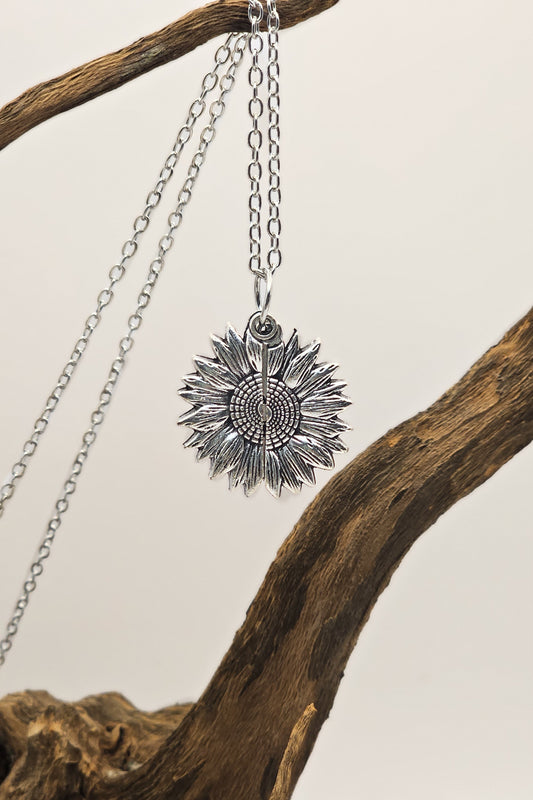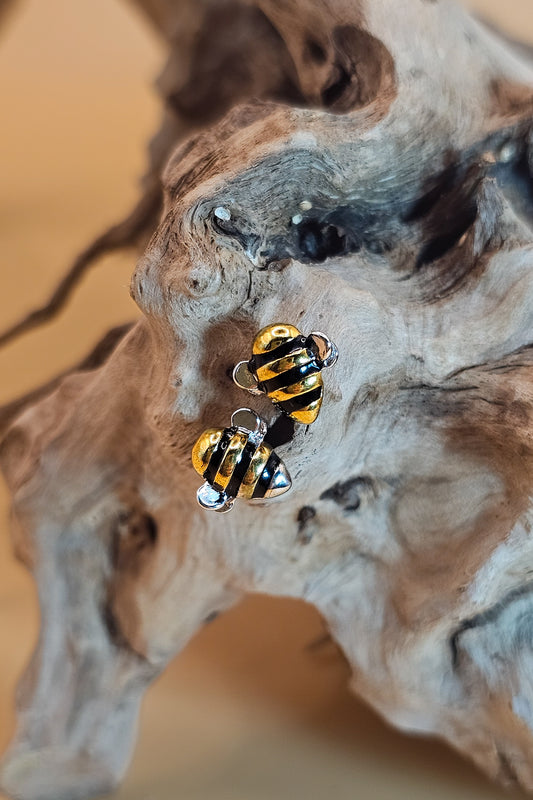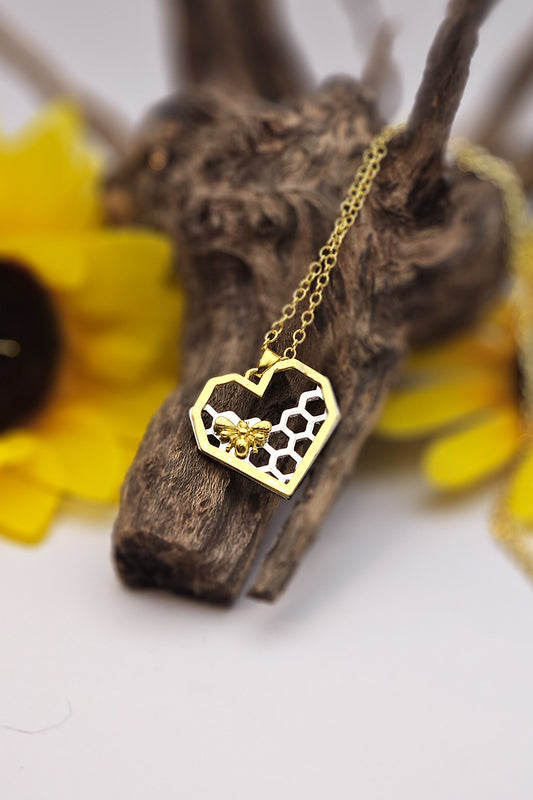Today we share a recipe by bees and for bees instead of a recipe for humans.
While searching for the perfect recipe, we came across some of the sweetest footage of honeybee worker bees that we’ve ever seen as they prep for going to work.
Honeybees oblige flowers by pollinating neighboring blooms with pollen. Bees also gather pollen in the “bee baskets” or corbicula on their back legs, the pollen-collecting parts of their anatomy. They fly it home when they have a full load. Pollen is a protein-packed food for the beehive. Each worker bee hauls up to one-third of her body weight, like a 150 lb. human carrying 50 lbs!
She packs the pollen into a ball by using a bit of her own saliva and nectar from the flowers. As incredible as it sounds, she can get up to 160,000 pollen grains into each pollen ball.
A worker bee has about 3 million hairs for trapping pollen. She even has hairy eyes. And the hairs on her legs are like spiky brushes that can “grip” the pollen as it makes contact.
This quality video is 4:10-minutes long and was made by Deep Look, ultra-HD (4k) short video series. The up-close movie delightfully presents bees cleaning their “tools” before they “commute” to their foraging job. Amazing footage!
Worker bee digs so deeply into the flower that she gets covered in pollen, and needs to wipe the pollen away from her eyes before she takes flight. That’s where the brushes on her legs come in handy, they are like windshield wipers.
Back at the hive, baker bees prep as worker bees fly in with fresh batches of pollen, the main ingredient. Each forager bee finds a clean empty cell and drops all the pollen into the cell. The pollen is left to marinate with a touch of honey.
RECIPE: Ingredients are pollen and honey, mixed and marinated until they become bee bread.
And then dinner is ready!
Bee Bread is the source of protein for hive residents. It feeds the adult bees and the baby bees in the neighboring cells. For younger baby bees that are still larvae, young adult bees eat bee bread so they can make a liquid food similar to mammal’s milk that they feed to the growing larvae. Some adult bees drop bits of bee bread into the cells of older baby bee so they are fed the nutritious building blocks they need.
Those baby bees are, after all, the next generation of nectar and pollen-foraging adults.








